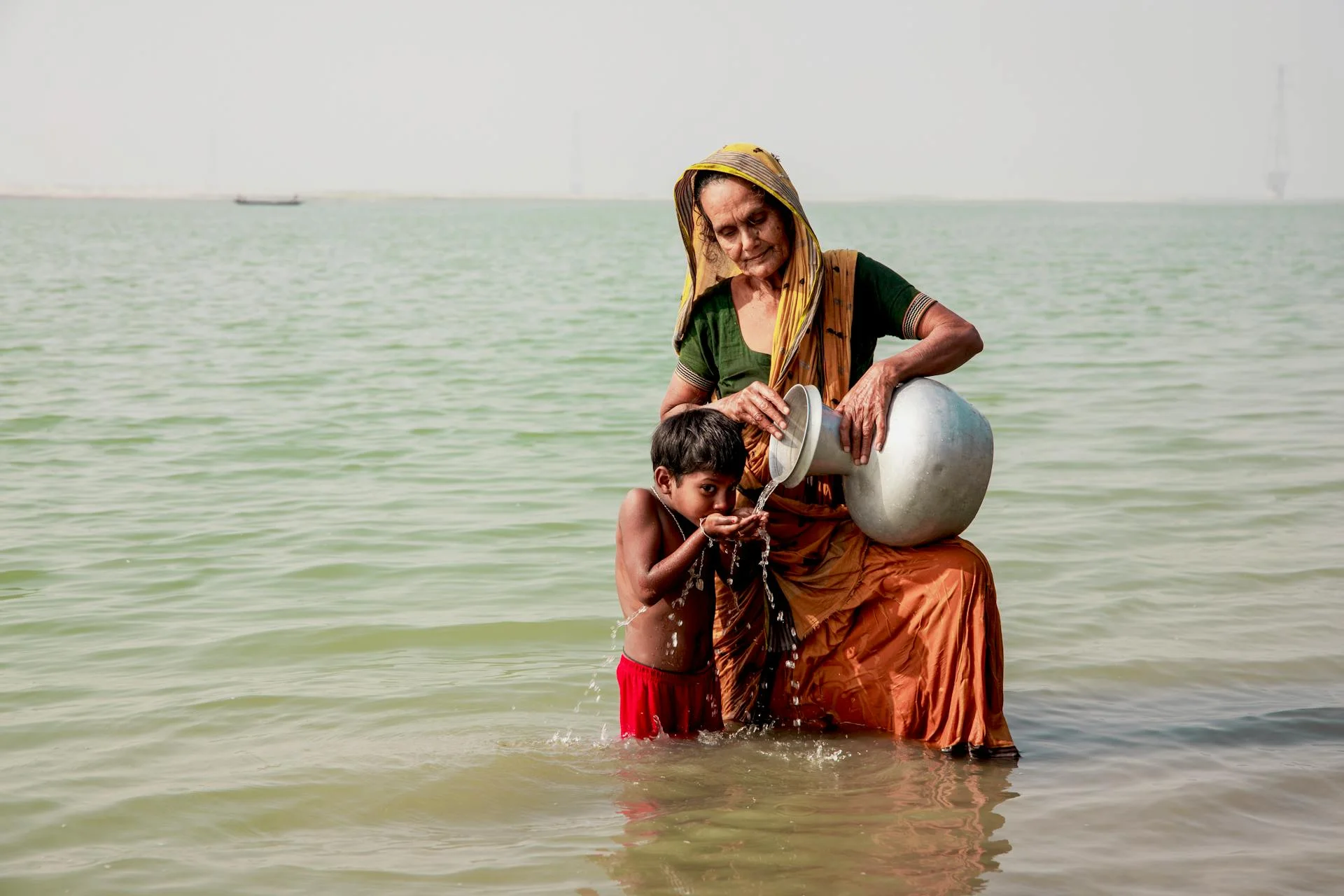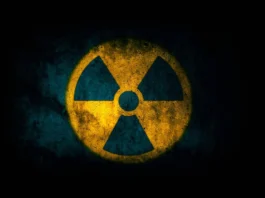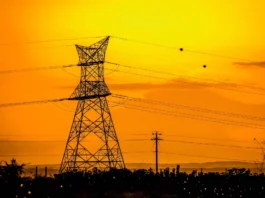Have you ever wondered if the clutter in your drawer could save lives?
In Bangladesh, Zabeer Zarif Akhter, just 17 years old, saw beyond the tangled wires and dead batteries piling up in local dumps. Facing both dangerous water contamination and heaps of electronic waste, Zabeer devised a practical, environmentally-friendly solution that’s turning heads worldwide.
Bangladesh, Zabeer’s homeland, struggles with severe water contamination; nearly half of its wells are tainted with arsenic, causing severe health issues, including cancers and chronic skin diseases. Seasonal flooding amplifies the crisis, leaving over a million families vulnerable annually, their only water sources contaminated with harmful bacteria like cholera-causing pathogens.
For Zabeer, this wasn’t a distant crisis, it was personal. Determined to make a difference, he developed a water purifier that uniquely merges ultraviolet radiation and plasma sterilization. This innovative combination effectively eliminates harmful bacteria such as E. coli, which frequently contaminates floodwaters.
But the genius doesn’t end there. Zabeer’s purifier is made entirely from electronic waste, broken laptops, abandoned circuit boards, old TV components, transforming these discarded items from environmental hazards into lifesaving devices. “By using recycled electronics, we demonstrate the real value in materials considered trash,” Zabeer explained enthusiastically.
Globally, e-waste piles up rapidly, about 62 million tons annually, leaking dangerous toxins into soil and waterways if improperly handled. Zabeer’s purifier directly addresses this challenge, giving waste a powerful second life.

Remarkably, Zabeer’s device doesn’t require grid electricity. Solar-powered, it thrives even in remote, disaster-prone areas, crucial for communities frequently cut off from reliable power. Tanvir Ahmed, an engineering professor and judge at the Stockholm Junior Water Prize competition, praised this feature, highlighting the invention as a meaningful step toward sustainable water management.
Zabeer’s breakthrough, although not winning first place at the prestigious Stockholm competition, earned significant acclaim. Experts acknowledged it as a standout example of resilience, ingenuity, and sustainable thinking. The Bangladesh Stockholm Junior Water Prize authority called him “an inspiration to everyone committed to a sustainable future.”
Beyond its immediate impact, Zabeer’s project offers a blueprint for similar regions worldwide, especially where e-waste and clean water scarcity coexist. His innovation proves solutions don’t always need elaborate new resources, sometimes they’re right under our noses.
Importantly, this young innovator’s journey underscores a vital global message: investing in youth can unleash powerful ideas that address urgent challenges. While platforms like the Stockholm Junior Water Prize highlight youth innovations, sustained investment from governments and private sectors remains crucial to scaling such impactful solutions.
Zabeer’s innovation is not merely a personal triumph but a bold call to action. It challenges communities globally to rethink what they discard and inspires future innovators. It prompts all of us to ask: What hidden potential is lurking in our everyday waste?
As environmental pressures intensify globally, Zabeer’s purifier offers a hopeful blueprint. It embodies the transformative possibilities achievable when creative thinking meets urgent global problems.
Could Zabeer’s story encourage us all to see our waste differently and imagine a healthier, more sustainable future?





